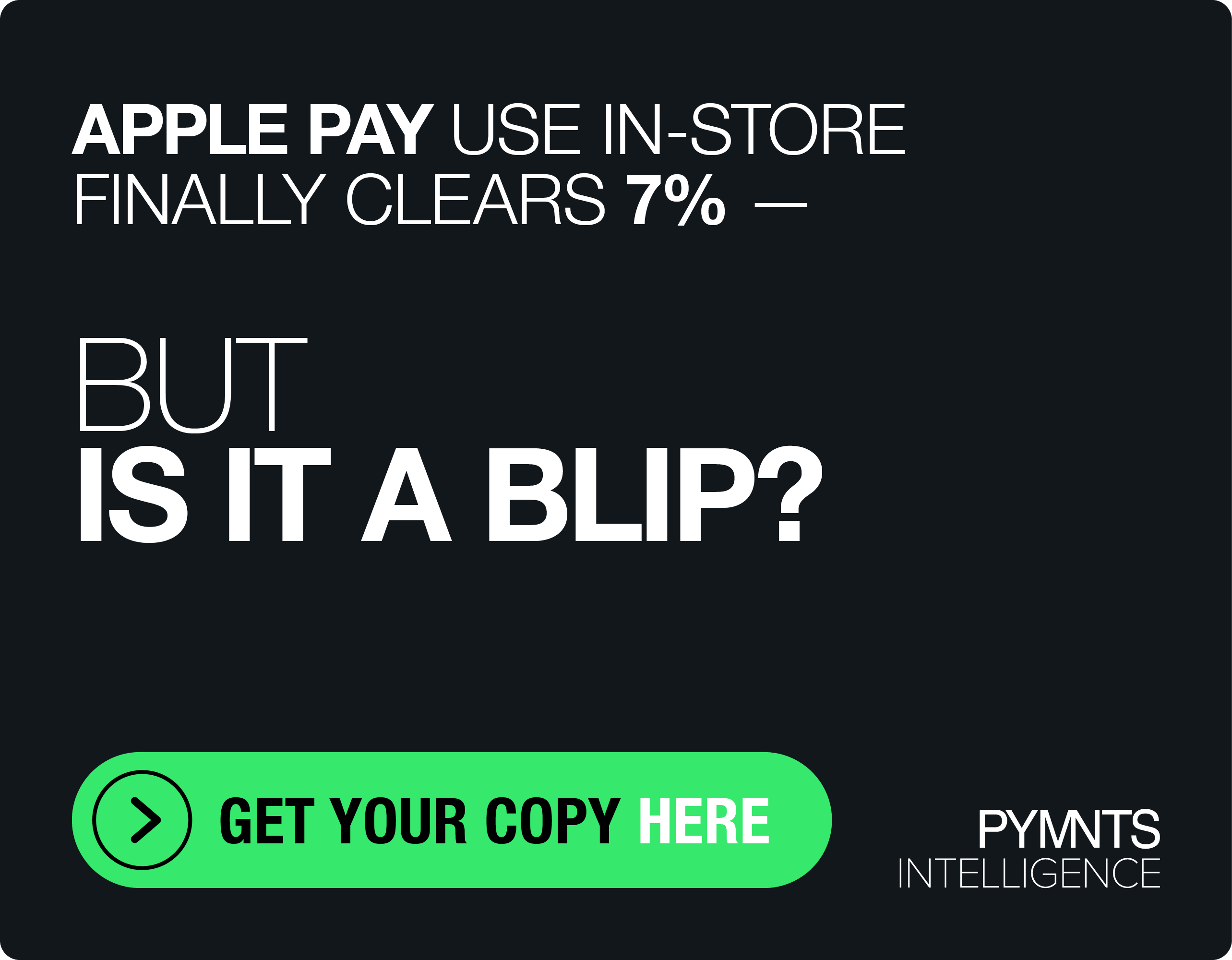Marketplace Mythbuster: When Global Isn’t Always Global

A marketplace, according to Karen Webster, is like a dance. With complex choreography, it requires precise steps and a balance of buyers and sellers — after all, it takes two to tango — to keep things moving as smoothly and easily as some of the bigger players, such as Uber and Airbnb, make it appear.
Focusing too much on the buyer’s satisfaction at the exclusion of the sellers’ can leave a marketplace off-kilter, Webster said, preventing it from igniting to scale. That includes scaling globally.
In a recent webinar with Webster, Michael Ting, Hyperwallet SVP of Digital Markets, debunked the myth of the international marketplace — and mapped out the stepping stones it would take to actually get there.
A Buyer’s Marketplace
Things only get more complicated when international borders and multiple currencies come into play in payments.
For buyers, said Ting, a marketplace is a bit like a brick-and-mortar experience. The digital storefront and pricing attracts those buyers initially, and they will buy and return if given the ability to complete a transaction with their preferred method of payment, using the currency of their home country, with all the complexities and risk surrounding that handled simply and securely by the marketplace platform.
For a marketplace to do the same for sellers takes a lot of investment.
The promise of international marketplaces, said Ting, is that any supplier anywhere can upload their product catalog and the buyers will come a-buying.
The reality, however, is a bit different.
Allowing sellers to sell to anyone, anywhere, comes with a lot of rules and regulations and the requisite infrastructure to go along with it — KYC (Know Your Customer), AML (anti-money laundering), fraud/security — and requires establishing bank accounts in each country where sellers are based so that those sellers can be paid.
“Sellers often have false expectations that they can sell anything they want, anywhere they want, because it’s the internet,” Ting said. “They run into a roadblock when they discover that there’s not a practical way for them to get paid in the currency of the country in which they are located.”
And paying sellers in a timely fashion, in their local currency, is very important to keeping the balance of buyers and suppliers intact — as well as attracting new suppliers to the marketplace to keep buyers coming back.
Is Going Global Ever Worth It?
For many marketplaces, Ting said, the practical answer is no.
He explained that’s because most platforms will find that they can flourish in a finite number of countries with support for a limited number of currencies. They choose those countries and currencies carefully and have a “global” strategy in place in order to accommodate B2B payments across busy cross-border corridors.
But actually going global? The cost of opening bank accounts in every possible country just isn’t justified for the majority of marketplaces, Ting said.
However, it’s another story if the marketplace is ready to team up with a third party to ensure both buyers and sellers get what they need within its ecosystem. And it’s a win for everybody when it works: Buyers have more options; more sellers have opportunities to do business and marketplaces eliminate the risk of being unable to attract enough sellers (or a wide enough variety) to keep buyers interested.
The Road to Reality
To truly operate as a global marketplace, said Ting, those marketplaces would need a network of bank accounts around the world so they could move funds from place to place — a solution he quickly decried as “untenable.” Yet cutting checks and wiring money in order to circumvent the challenge would quickly become cost-prohibitive too, Ting said.
So, what’s a marketplace to do?
One option is to sign up with a third-party service that acts as a local bank account, enabling marketplaces to transmit international payments into the seller’s account in his own local currency. The seller can then retrieve the funds from that account.
But like the other options out there, Ting feels that this B2B payments solution requires too much sacrifice. The marketplace must surrender control of the transaction to the third party, thus losing visibility of whether the seller got paid and of any fees, terms or conditions associated with each B2B transaction. And the seller loses the guarantee of payment from the marketplace, generating unnecessary risk and uncertainty.
Ting believes the best solution is to allow the marketplace to pay the seller via a virtual account. In that situation, funds from transactions become stored value and are held in what is essentially an eWallet until the merchant is ready to retrieve them. If he’s receiving different types of payment from different customers, he can find all of them in different slots of the same wallet.
Best Practices Begin with the Right Mindset
What it really comes down to, Ting said, is giving the merchant freedom and control, which requires taking a holistic view of his business and success. B2B payments and fulfillment are the foundation, said Ting, but to generate true loyalty and merchant retention, a marketplace must offer more.
It’s a platform that Hyperwallet has built to help global marketplaces truly go global. In this closed-loop platform, funds are deposited into virtual accounts, which merchants can then spend elsewhere in that marketplace — without fees. A merchant can also opt to let funds sit in the wallet until, say, his home currency is stronger and when withdrawing them would be more strategic. That same merchant can opt to change his preferred payment method if he needs access to funds faster.
It’s true that buyers are the ones pumping money into the marketplace economy; Ting isn’t saying that the buyer isn’t important in this equation. Rather, by taking an approach that makes the seller and the marketplace itself just as much a priority, he suggests that a platform can serve the buyer even better by ensuring a steady and diverse community of merchants putting down roots in the ecosystem.
“Marketplaces are in a position to help sellers and make life a little easier so they can focus on what they do best,” Ting said. “It’s about making things easier so the marketplace can focus on delivering quality goods or services and quality marketing.”
